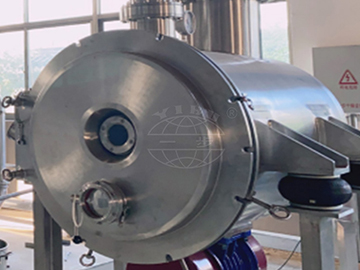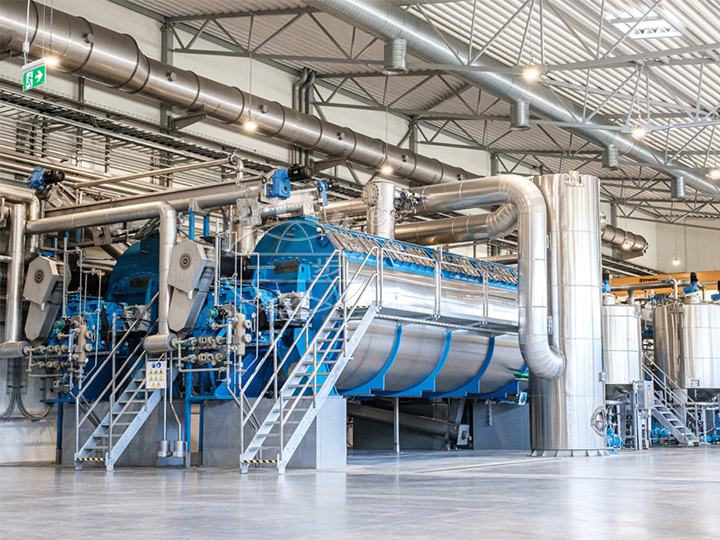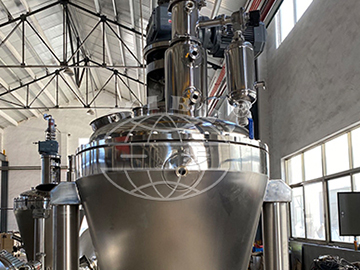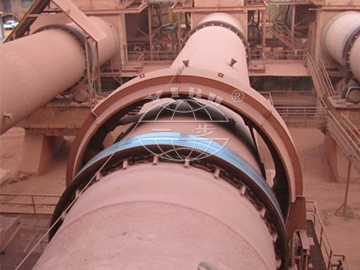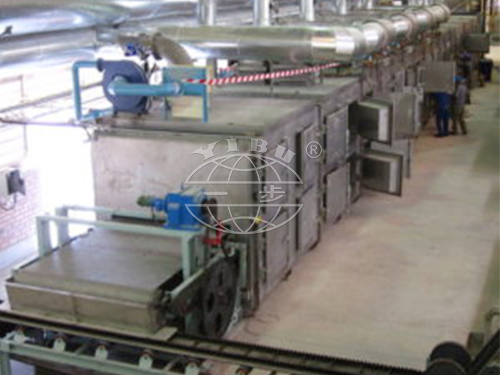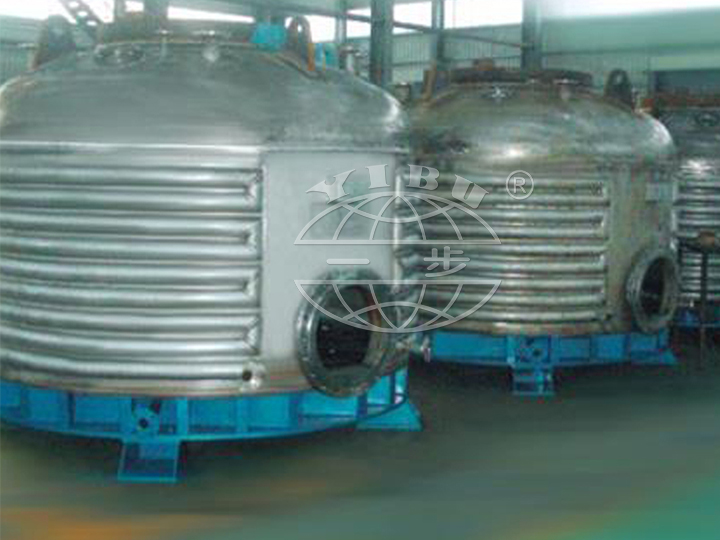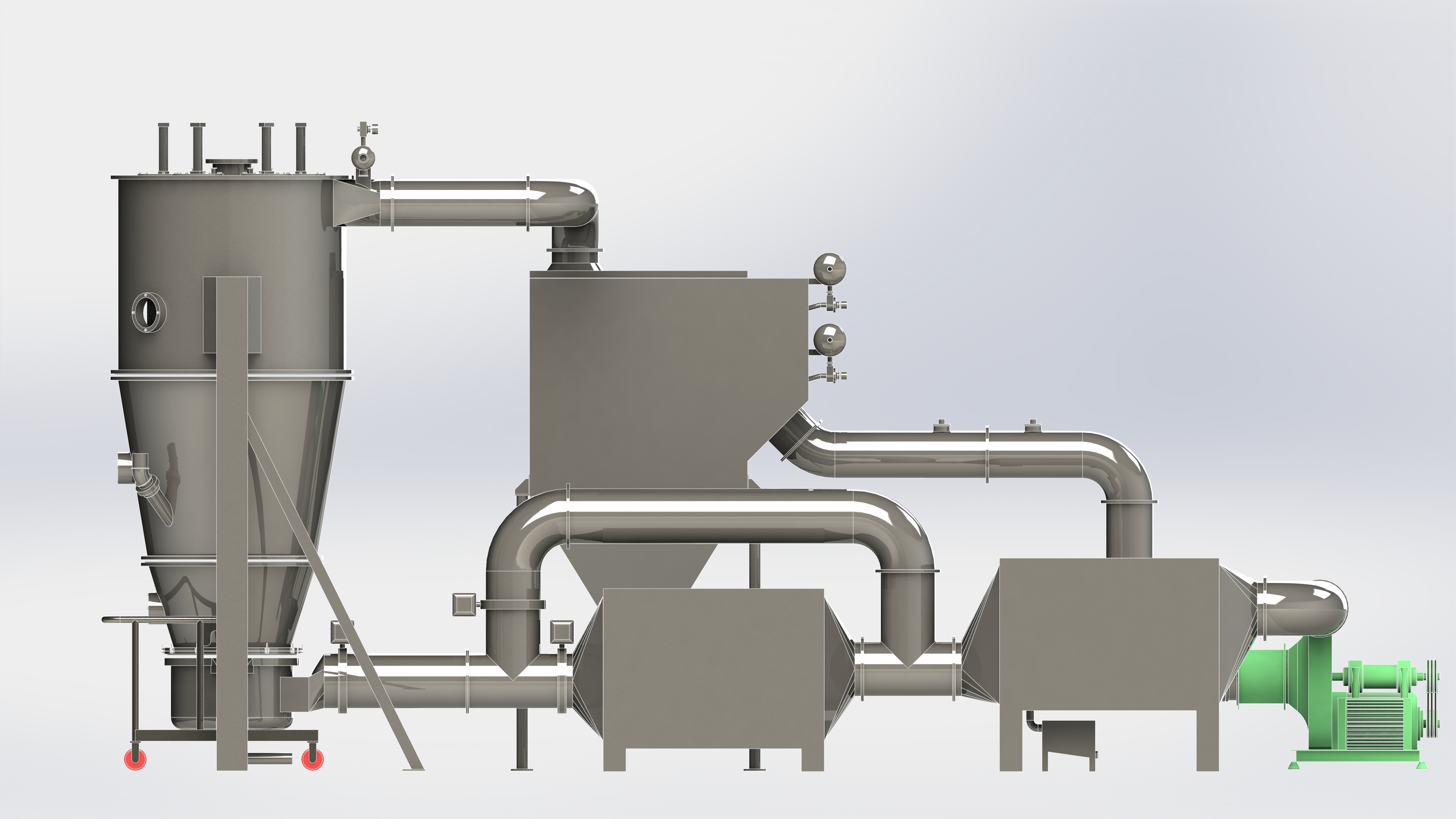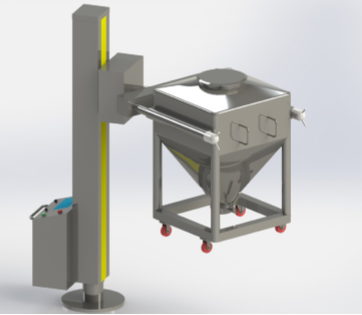Fundamental and application of aerobic granulation technology for wastewater treatment(2)
Source: | Date:
2011-05-04
| Hits:
Keywords:
Keyword
Biogranulation; Aerobic granules; Aerobic granulation; Microbial structure; Diversity; Mechanism of granulation;
Operatinal condition.
Introduction
Aerobic and anaerobic granulations involve cell-to-cell interactions that contain biological, physical and chemical
phenomena. In selective environment, microorganisms are capable of attaching to each other and aggregate.
Through self-immobilization of microorganisms, granules are formed. These dense microbial aggregates consist of
various bacterial species and typically contain millions of organisms per gram of biomass. These bacteria are
expected to play different roles in degrading wastewater containing various organic chemicals and removing of
nutrients. As compared to conventional activated sludge flocs, granular sludge has regular, denser and stronger
microbial structure and good settling ability. These characteristics result in high biomass retention and withstand
high-strength wastewater and shock loadings.
In the Netherlands, granular sludge was discovered in 1976 in a 6m3 pilot plant at the CSM sugar factory in Breda.
Granular sludge with good settling ability and methanogenic activity has now been extensively applied to anaerobic
wastewater treatment system and studied in the upflow anaerobic sludge blanket (UASB) reactor. Anaerobic
granular sludge is a dense microbial community that typically includes millions of organisms per gram of biomass.
None of the individual species in these microecosystems is capable of completely degrading the influent wastes.
Complete degradation of industrial waste involves complex interactions between the resident species. Thus, granular
sludge reactors are desirable in wastewater biological treatment processes because a very high number of organisms
can be maintained in the bioreactor. Therefore, large volumes of waste can be treated in compact bioreactors.
However, some drawbacks of the anaerobic granulation technology include the need for a long start-up period, a
relatively high operation temperature and unsuitability for low strength organic wastewater. Anaerobic granulation
technology is not suitable for the removal of nutrients from wastewater. In order to overcome those weaknesses,
research has been devoted to the development of aerobic granulation technology.
The development of aerobic granules was first reported by Mishima and Nakamura (1991) in a continuous aerobic
upflow sludge blanket reactor. Aerobic granules with diameters of 2 to 8 mm were developed, with good settling
properties. Aerobic granulation has been observed in sequencing batch reactors (SBRs) (Morgenroth et al., 1997;
Beun et al., 1999; Peng et al., 1999; Etterer and Wilderer, 2001; Tay et al., 2001a; Liu and Tay, 2002). It has been
utilized in treating high-strength wastewaters containing organics, nitrogen and phosphorus, and toxic substances
(Jiang et al., 2002; Moy et al., 2002; Tay et al., 2002e; Lin et al., 2003). However, the granulation process of aerobic
sludge has not been well studied.
News
- 2024-06-08 > Exhibition Invitation |ACHEMA 2024, Germany
- 2019-06-15 > P-MECH CHINA 2019 YIBU BOOTH NO: N3B10a
- 2019-04-15 > YIBU will attend the 57th CIPM Exhibition held in Changsha in Hunan province
- 2018-12-28 > Actived carbon particle mesh belt dryer made for Ingrevity
- 2018-03-10 > big spin flash dryer and spray dryer delivery to pakistan and Italy customer on time
- 2017-12-29 > two sets high speed centrifugal spray dryers and three sets of drum dryre delivered to Indonesia
- 2017-08-24 > one set of LPG-100 spray dryer is delivered to America
- 2017-08-24 > Five layers mesh belt dryer is sucessfully delivered to Manila(Philippines)
- 2017-04-05 > Exhibition interpack 2017 in Dusseldorf In Germany
- 2016-11-23 > The 18th International Exhibition in Moscow
Products

